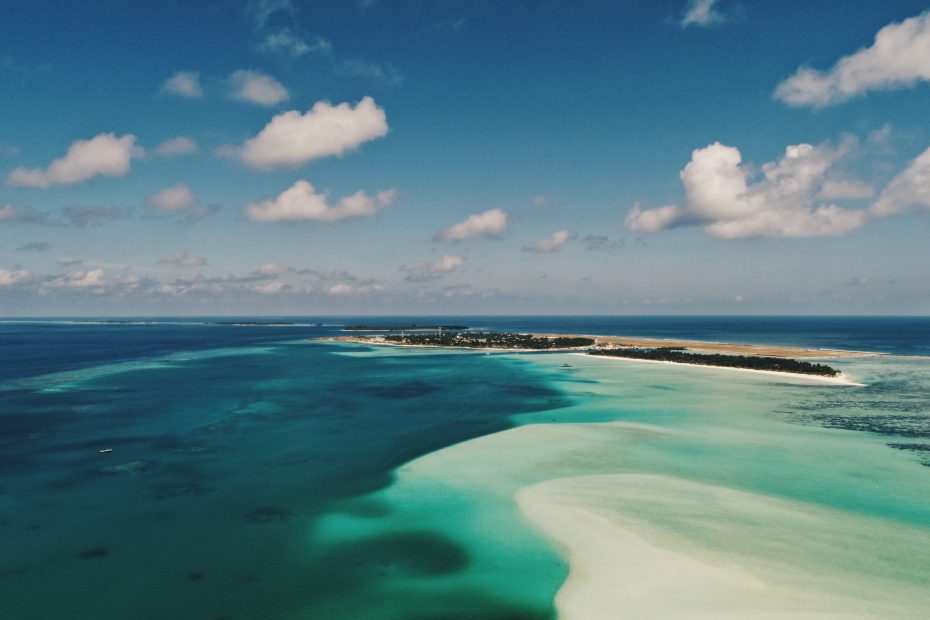Table of Contents
Introduction
The Maldives is synonymous with overwater bungalows, white sand beaches, turquoise lagoons, and world-class scuba diving. But beyond the idyllic landscapes, this island nation also offers incredible culinary experiences that indulge all the senses. From local Maldivian fare to gourmet cuisine at luxury resorts, dining in the Maldives is an adventure. Read on to discover what makes eating in this island paradise so special.
Local Maldivian Cuisine
At the heart of dining in the Maldives is local Maldivian food. Drawing from the islands’ bounty of fresh seafood and coconut, Maldivian cuisine is dominated by aromatic curries, seasoned rice dishes, and fresh tropical fruits.
Some iconic Maldivian dishes to try include:
- Mas huni – Tuna cooked in coconut and spices, served with roshi flatbread
- Garudhiya – Spicy fish broth with rice, onions, and lime
- Kulhi boakiba – Smoked fish curry
- Fihunu mas – Barbecued fish with chili paste
- Bis keemiya – Fried noodles with chicken or fish
- Hedhikaa – Sweet banana fritters
Venturing to local restaurants, cafes, and food stalls lets you experience authentic Maldivian flavors.
Resort Dining
The upscale resorts of the Maldives offer diverse culinary experiences on par with the world’s best restaurants. Resorts have multiple restaurants featuring different cuisines, from Chinese to French to Japanese.
Picture dining over the shimmering lagoon in a stilted restaurant or under the stars on the beach. Resorts also entice celebrity and Michelin-starred guest chefs to create dining events. You can savor a private meal on a secluded sandbank or sunset cruise. The possibilities are endless.
Some resort dining highlights include:
- Soneva Fushi’s outdoor jungle cinema with screenings paired with multi-course menus
- Conrad Maldives’ Ithaa underwater restaurant encased in glass in a coral reef
- One&Only Reethi Rah’s Japanese restaurant Tapasake hosted by chef Hide Yamamoto
- Shangri-La Villingili’s Middle Eastern restaurant Fashala with cuisine inspired by the Spice Route
With world-class service, views, and cuisine, resort dining redefines culinary indulgence.
Local Flavors and Ingredients
The flavors of Maldivian cuisine stem from the tropical climate and access to fresh seafood. Local chefs expertly use spices like chili, curry leaves, cloves, cardamom, and cumin to add depth to dishes.
Coconuts take center stage in both savory and sweet dishes. Tuna, grouper, snapper, and prawns are national staples, grilled to perfection or transformed into curries. Don’t miss trying seabass marinated in local herbs and barbecued whole.
Exotic tropical produce also makes its way into recipes, like sweet papaya, tangy mango, mild baby pineapple, earthy jackfruit, and fragrant lemongrass. Savoring the local ingredients is an integral part of the culinary experience.
Food Traditions and Culture
The food of the Maldives has been shaped by the island nation’s culture and history as a trade hub. Traditional cooking techniques like smoking and drying preserved fish to last for months during the monsoon season. foreign influences integrate spices from Arabia and India with Southeast Asian flavors.
Culinary customs include eating traditionally with the right hand, sharing large platters of food, and dining while seated on the floor. Meals often feature several shared dishes rather than individual plates.
As an Islamic country, pork and alcohol are largely avoided. Local beverages include refreshing coconut water, creamy banana smoothies, and signature mocktails at resorts.
Partaking in Maldivian food is experiencing the destination through its flavors and traditions.
Sustainability and Responsible Tourism
The Maldives relies heavily on tourism, and resorts increasingly prioritize sustainability and support for local communities. Resorts source produce from local fishermen and farmers. Some resorts even grow their own herbs and vegetables on site.
Responsible practices include minimizing plastic waste, using renewable energy, and educating guests about conservation. Eco-conscious resorts protect fragile marine ecosystems by avoiding overfishing and serving sustainable seafood.
Dining in the Maldives not only tantalizes the tastebuds but leaves you feeling good that your experience gives back.
Conclusion
A luxurious culinary journey awaits in the Maldives, from savoring spices at a local cafe to indulging in a private dining experience. The fusion of local flavors, fresh seafood, and global influences makes dining in the Maldives an unforgettable experience. Sustainability and community support make every meal an opportunity to savor paradise responsibly. Open your mind and appetite to extraordinary culinary adventures.
FAQs
What are some typical local Maldivian dishes?
Some classic Maldivian dishes include mas huni (tuna curry), garudhiya (fish broth), and hedhikaa (banana fritters). Local cuisine showcases fresh fish, coconut, and aromatic spices.
What kind of dining can you find at Maldivian resorts?
Resorts offer lavish dining experiences spanning different cuisines, often with overwater settings. Celebrity chefs and pop-up restaurants provide exclusive dining events. Private butler-served meals take luxury to the next level.
What ingredients influence the flavor of Maldivian food?
The islands’ tropical climate allows for fresh produce year-round, like mangoes, pineapple, and coconut. Ocean access provides a bounty of tuna, grouper, prawns, and other seafood. Spice blends reflect Arabic and Indian influences.
How does Maldivian food reflect local traditions and culture?
From cooking methods to communal eating customs, Maldivian cuisine encapsulates the destination’s heritage as a spice trade hub and fishing culture. Traditional food practices provide insight into daily island life.
How can dining at Maldivian resorts support sustainability?
Resorts source local ingredients, practice waste reduction, use renewable energy, and promote marine conservation. Eco-conscious policies help protect the fragile island ecosystems for future generations.
